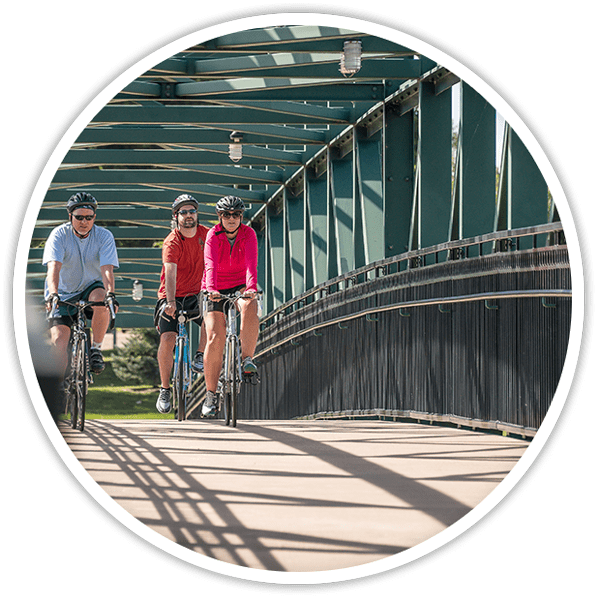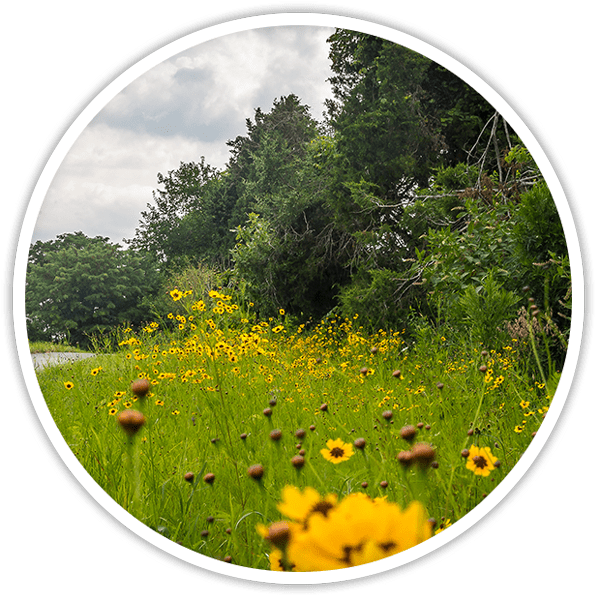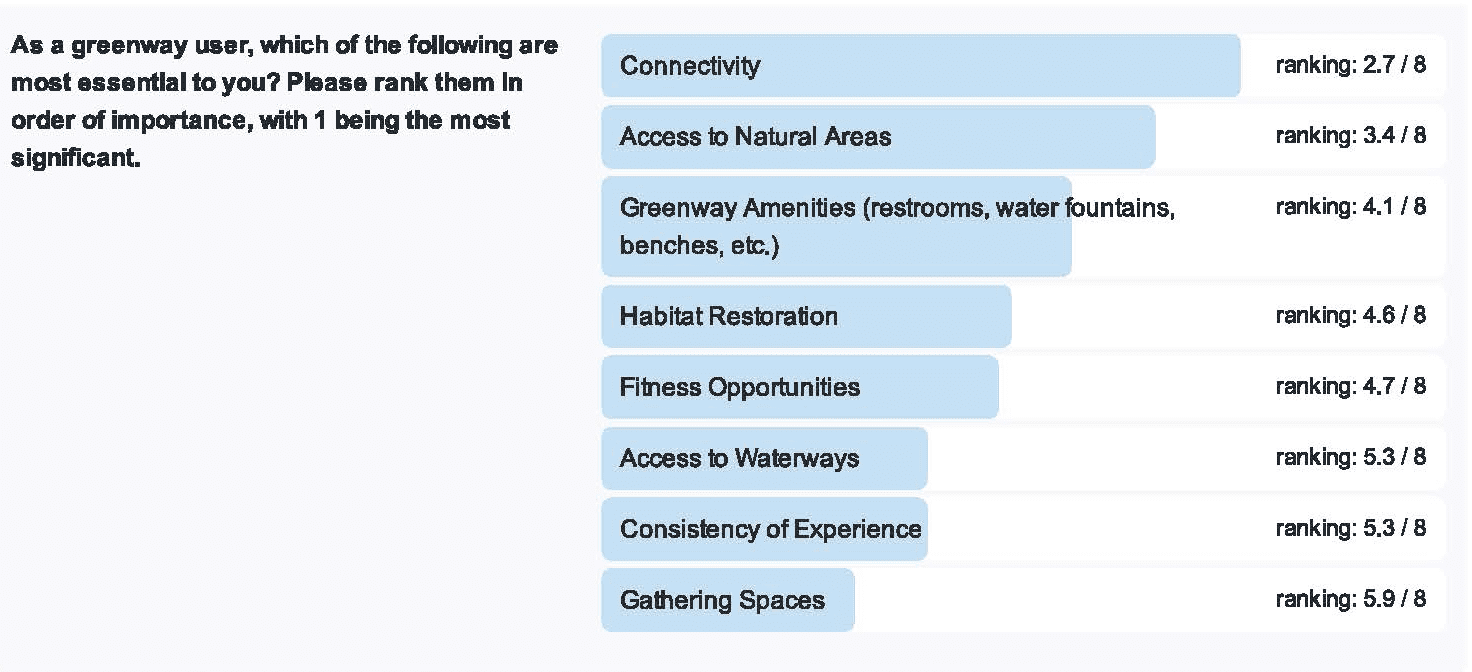 It is important for the project team to consider and revisit the project goals and objectives throughout the design process as they will often inform decisions.
It is important for the project team to consider and revisit the project goals and objectives throughout the design process as they will often inform decisions.
Along with the input of stakeholders, the designer should schedule routine reviews of project goals and objectives, as well as appropriate amendments as the project evolves. This helps assure the design is meeting expectations and/or expectations are being adjusted and documented. For the guidelines, a Greenway Advisory Group was invited to offer comments on the greenway system and provide public input to guide the design guidelines development. An online survey was also conducted to understand priorities for greenway users. The comments below should guide design.
GREENWAY ACCESS
- Greenways are difficult to follow if you don’t already know where you’re going.
- Consider how people will access the greenway when planning the alignment and trailhead locations.
- Connect greenways with on-street bike routes.
PHYSICAL FEATURES
- Features are often aesthetic and over-designed, the design needs to have a purpose.
- Spend more money where it will affect the most people.
- Each greenway design and features should be site-specific, and features should reflect local uses, needs and culture.
- Consistency of site furnishings is needed going forward.
- More restrooms, drinking fountains, and service amenities are needed.
 NATURAL FEATURES
NATURAL FEATURES
- Low maintenance landscape plans have environmental benefits and are better for partners with low maintenance capacities.
- Bringing natural features into urban/suburban areas inspires people to grow native plants in their own backyard.
- Vegetation helps create a wildlife corridor.
- Use native plants whenever possible.
- More canopy coverage/ shade could make greenways appealing to more people.
GENERAL SAFETY
- Safety and visibility should be #1 priority.
- User conflict on greenways, there is a misconception that greenways are for bikes only.
- Situational awareness of greenway users is low and creates risky situations.
- A double yellow line striped centerline could help greenway users be aware of their surroundings.
INTERSECTION SAFETY
- Crossing busy streets with only a crosswalk is very difficult for kids, seniors, and beginning bicyclists and should be considered.
- Intersections with turning cars are dangerous.
- Drivers don’t stop at hawk beacons or striping-only crossings, add bike signals at signalized intersections.
- Stripe intersections so people know where to expect bikers.
- Eye-catching monuments/pavers visually alert drivers to stop at mid-block crossings.
- Avoid busy intersections if possible.

